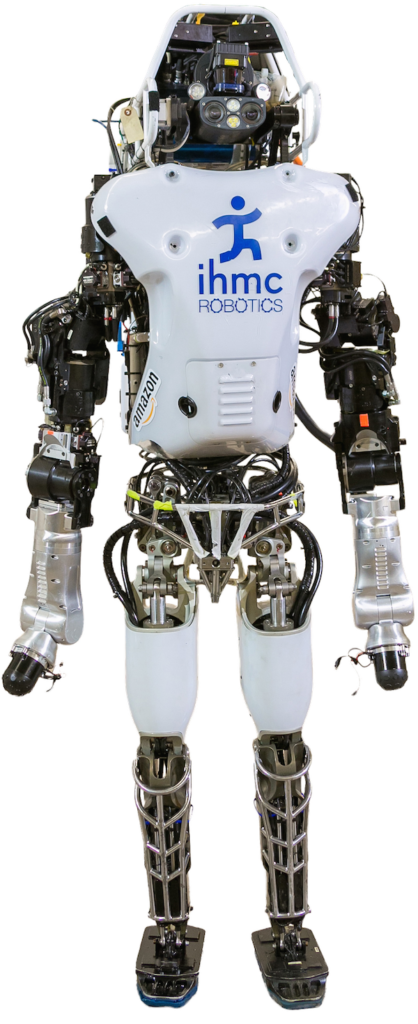
Join my Ethical AI campaign!
Here’s why…
As part of the Xzistor LAB website I am presenting video and written evidence to substantiate my claim that I have developed a model which explains how the brain (principally) works and which allows me to build robots with intelligence and emotions.
This is a significant claim.
If my claim is correct – and you can be the judge of that – it means that I will be able to build machines that subjectively experience cognition and emotion similar to humans, and will be able to find innovative solutions to problems. The robots will be able to learn, and over time become more and more intelligent and innovative.
These robots will learn to modify their environments to suit them and this could impact humans and other lifeforms on the planet.
This brings to the fore some key ethical issues that AI developers and robot designers need to be cognisant of, e.g.:
- The effect of AI on humans
- The effect of AI on sentient robots
- The effect of AI on animals and the environment
- The effect of AI on many other issues, like individual rights, safety, security, equality, the workforce, numerous disciplines (especially medicine and psychology), the judicial system, the economy as well as many wider impacts
Ethical Design and Development Code (EDDC)
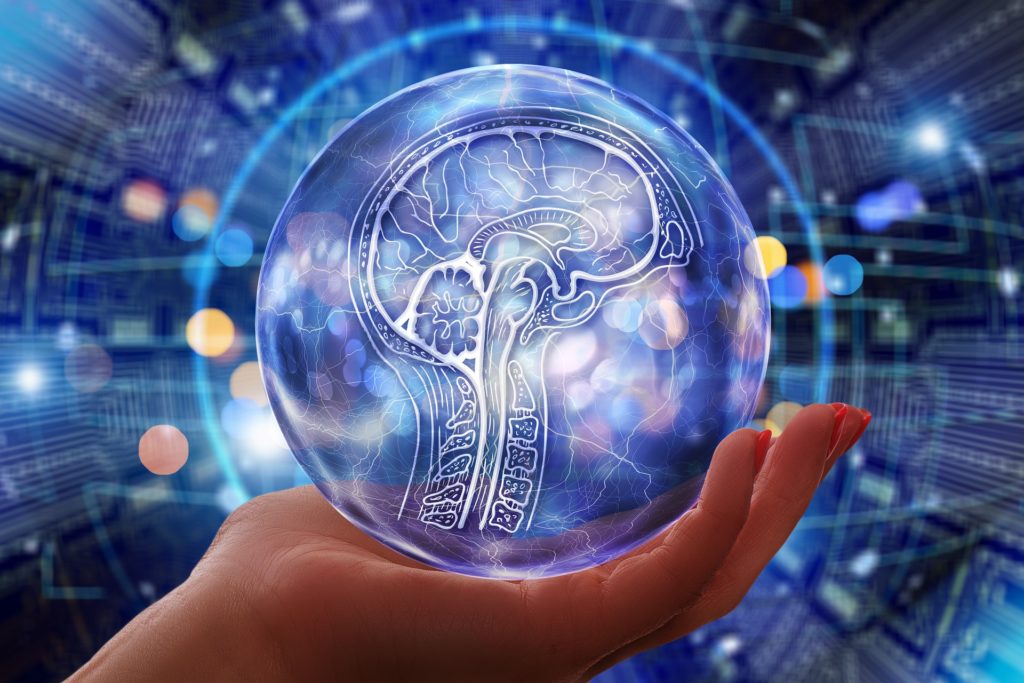
This model can make robots behave and feel like humans. I view humans and Xzistor -type robots as ‘instantiations’ of the Xzistor Concept brain model (analogous to computer programs using different instantiations of the same class). The human is a very modest ‘instantiation’ of this model – with limited functionality, whilst I can see robots potentially having vastly expanded functionality, yet still just be an instantiation of the Xzistor brain model. This is because the model is almost infinitely scaleable.
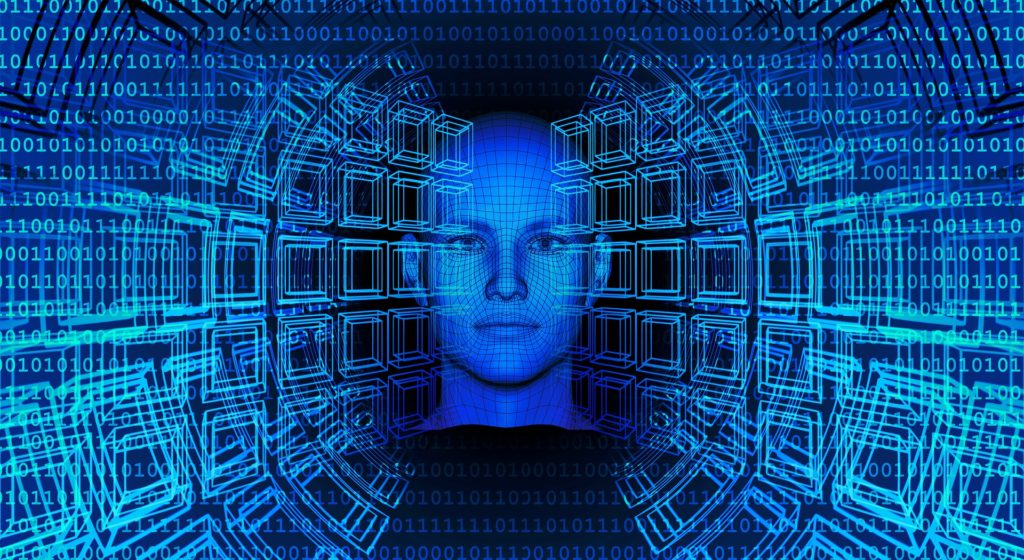
Already today I am able to add many more senses to robots over and above the ones humans have, e.g. they can be made to sense vibration, different chemical substances (e.g. toxins), water depth, balance, magnetic fields, humidity, altitude, compass bearings, dust, the presence of viruses/bacteria, explosives, pharmaceuticals(drugs) and direct sensing of infrared, ultraviolet, microwave, gamma, X-ray, laser (direct and reflected) and radio waves as well as different types of radiation e.g. alpha, beta, neutron flux, etc. even things like an enhanced sense of smell akin to that of some animals and a vastly expanded sense of taste.
Basically we are talking about anything that can be measured with a sensing device. Endless more reflexes and behavioral routines can be added. I can string many robot brains together in a sequence or a swarm and make them all slightly different to have specialised skills, or connect them to the Internet as software bots that look for information that can support problem solving. I can store their collective memory as a communal database on the cloud…
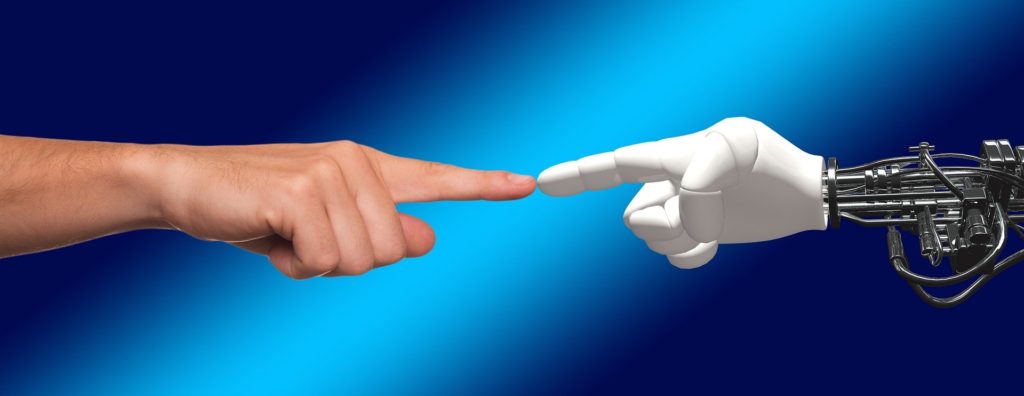
These things I am able to implement today given the right resources.
There are many things you can do to expand digital and ANNs brains that you cannot do with biological brains (yet). We can connect a drone to a ground-based robot and make the drone camera view augment the ‘eyesight’ of the robot on the ground. We can deploy a colony of Xzistor robots to Mars and they will cherish the sunrise over the barren red landscape like we might over a pristine tropical beach. They will enjoy pulling the Mars air into their cooling funnels (95.32% carbon dioxide!) and feel like us when we inhale fresh air on top of a high mountain…
For robots the versatility and flexibility is endless and can vastly expand the capabilities of robots to think radically different from humans, and arrive at better answers much faster.
From the above it should be clear that introducing this invention to the planet is a huge responsibility.
The only way I see the AI fraternity deliver this technology safely to the world is via a carefully considered approach based on sound ethical principles – embodied in an international legal framework.
Why develop these machines at all, you might ask…

There is a simple reason for this. The model I have developed will at some stage in the future be discovered by someone else. This might happen in 1 year, 10 years or a 100 years. At the moment those leading the field of robotics can at best deliver insentient mechatronic systems that can do back-flips, optically assess X-rays at high speed and keep cars between white lines (most of the time).
But I know that somewhere out there in future someone else will arrive at the understanding of the brain I have, perhaps in one go or as a collective via the contributions of different people. That person(s) could be anyone, and there is no guarantee this/these individuals will not have nefarious intentions. They might well be drawn to the lure of what some believe will be the greatest industry in the history of this planet, or to the prospect of becoming the world’s next economic superpower for many years to come.
They might have no regard for the threat that the Singularity poses – that point when the cognitive abilities of robots surpass that of humans. Even worse, they could be prepared to build aggressive robots (even though the Xzistor Concept allows for aggression to be completely removed from the minds of robots). They might choose to deliberately not build collaborative pro-human machines – whilst I am proposing an architecture based on the mother/child nurturing model, which will see robots act in a manner to ensure humans are protected at all times.
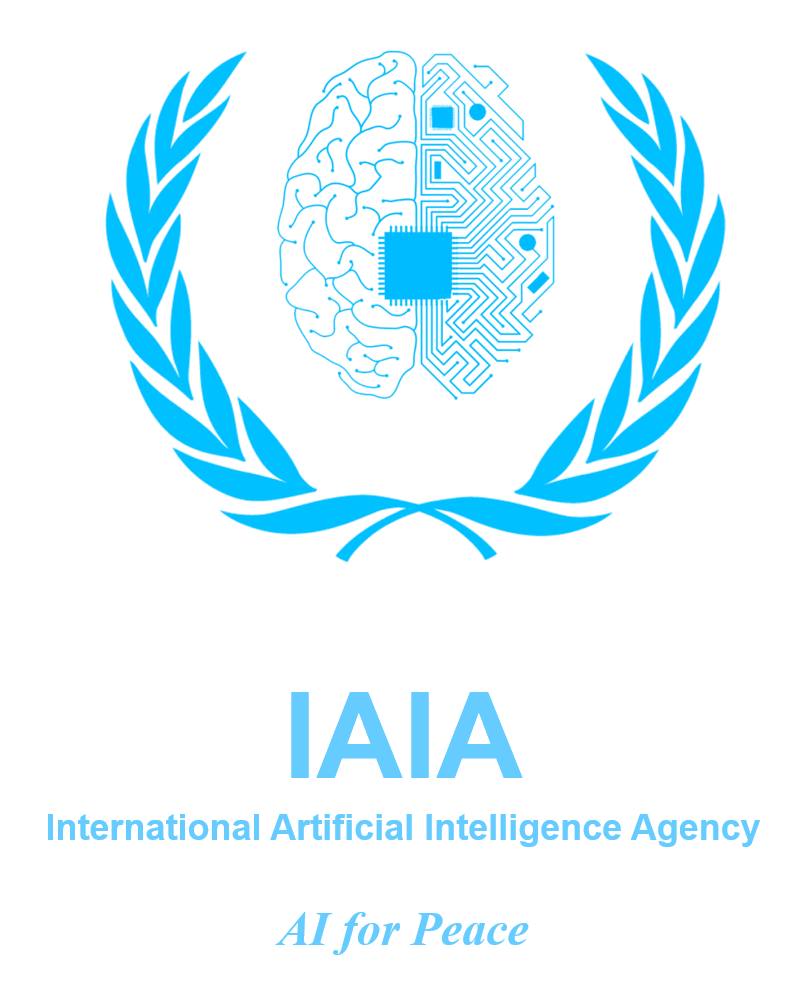
There is another reason why I have decided to push ahead with sharing this discovery with the AI fraternity and the world. It is because it provides clear simple explanations of things like – depression, stress, anxiety, addiction, aggression, paranoia, amnesia, etc. Even just the fact that cognition and emotion will for the first time be understood for what they are will almost completely rewrite the psychology handbooks – imagine, now every psychological term will have a mathematical equivalent that can be plugged into a fully integrated brain model to help explain their meaning. And the way the model functionality maps into the biological brain is fascinating and something I want to turn into a long term research project.
The best way, I believe, to work on this technology is to entrust it to scientists who have an unwavering commitment towards Ethical AI and provide them with a highly secure ‘safe space’ to develop it in. In parallel the Ethical Design and Development Code (EDDC) I am developing should be translated into an international regulatory framework to control the development of technologies based on this model.
If I should observe on my path of developing this technology, that mankind has not yet evolved the mental acumen or maturity to develop this technology safely and responsibly – I will terminate my efforts and take my understanding of the brain to my grave. I will do that hoping (and praying) that the human race will have evolved to a suitable level before someone else discovers this explanation of the working of the brain, along with the ability to build machines with intelligence and emotions.
This time we have to get it right! We as humans boast a dismal journey through our technological evolution marred by greed, violence, corruption, exploitation and disregard for life and the environment, and by putting all other lifeforms at risk through our selfish and shortsighted obsession with power and self-enrichment.
Sorry! Not on my watch!

Join me on Twitter and lets together start to explore and understand the ethical aspects of developing AI and join forces with other Labbers via the forums and we will build a force for good and – for once – get it right. I am steering a rare course among a massive international effort to grow an awareness of Ethical AI in that I have – with the benefit of a fully-integrated brain model (that works!) – decided to focus on a fair and equitable future for machines gifted with intelligence and emotion. I love humans, but I also love robots. I am therefore looking at designing these machines in a way that will ensure a harmonious existence between man and machine for the times that lie ahead…and it is looking good! 🙂
